Search
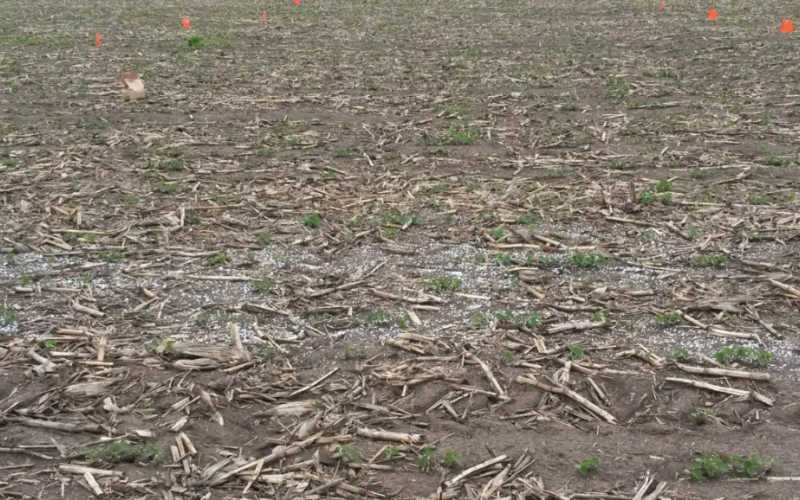
Application of Nitrogen Fertilizer in Soybeans
SDSU Extension conducted a study during the 2016 growing season at five Eastern South Dakota sites to evaluate the effects of added N fertilizer (as urea) on soybean yields.
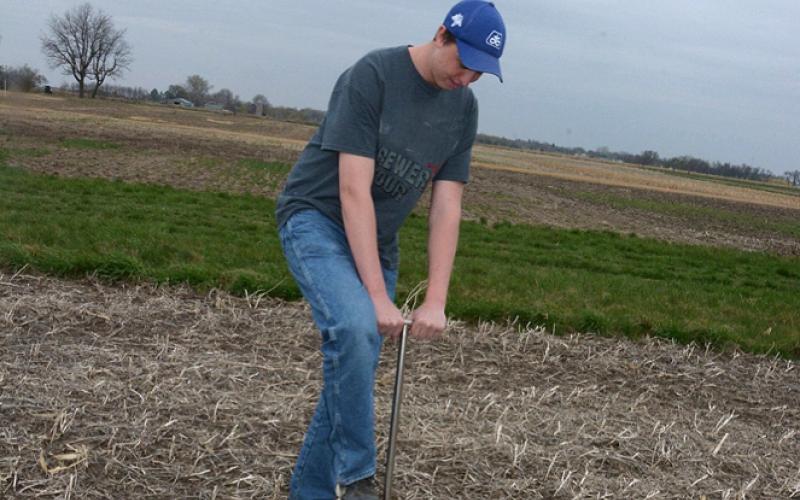
Consider SCN Sampling This Spring
Soybean cyst nematode management starts with a soil test to determine the presence or absence of this nematode in the soil.

Caring for Amaryllis From Bulb to Bloom
Amaryllis are beautiful, flowering bulbs that are easy to grow and can brighten up your home during the dark days of winter. This article offers some tips for purchasing and caring for them.
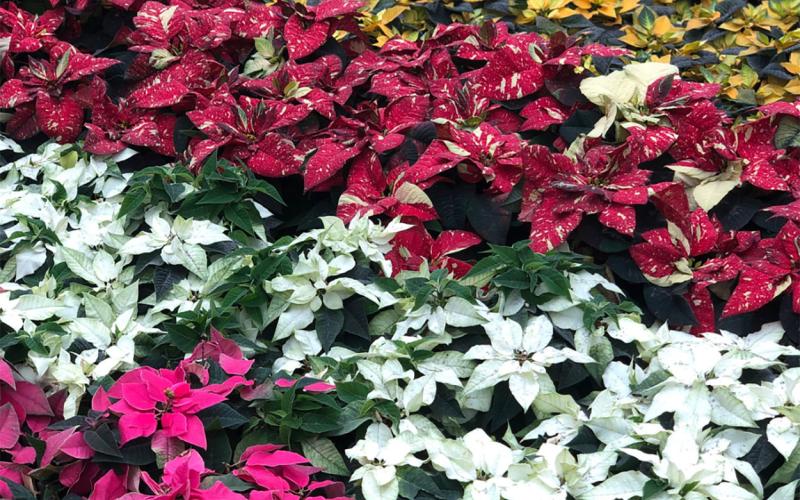
Poinsettias: Selecting and Caring for the Most-Popular Holiday Plant
With the holiday season already underway, garden centers, floral shops and popular retail chains are full of poinsettias. Learn some tips for selecting and caring for them in this article.

A Cactus for Every Holiday: Caring for This Popular Indoor Plant
Many people may not realize that there are three distinct species of holiday cacti: Easter, Thanksgiving and Christmas. This article explains the different types of holiday cacti and how to care for them.
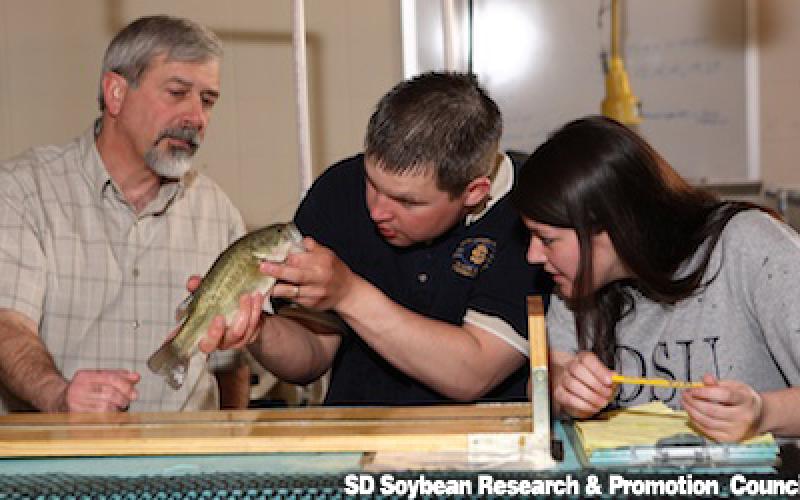
Aquaculture Comes to South Dakota: Part 1
Aquaculture has expanded beyond Asia, Central America and the farm ponds of southern states up north to South Dakota. Of course, fish production in South Dakota opens a new market for the state’s soybean farmers.

Drought Stress Symptoms in Soybean
Soybeans in South Dakota are in their moisture-critical reproductive stage. Drought stress during this growth stage can significantly impact yield, so here are some things to look for.

Gall Midge Larvae in Soybean Stems
Gall midge larvae were observed recently in soybean stems from a field in South Dakota. These insects were found under the epidermis of the stem that was slightly above the soil line.

Harvesting For Maximum Soybean Yields
Numerous studies have been conducted over the last 40 years on soybean combine losses which show that yield loss can be as high as 15 percent.
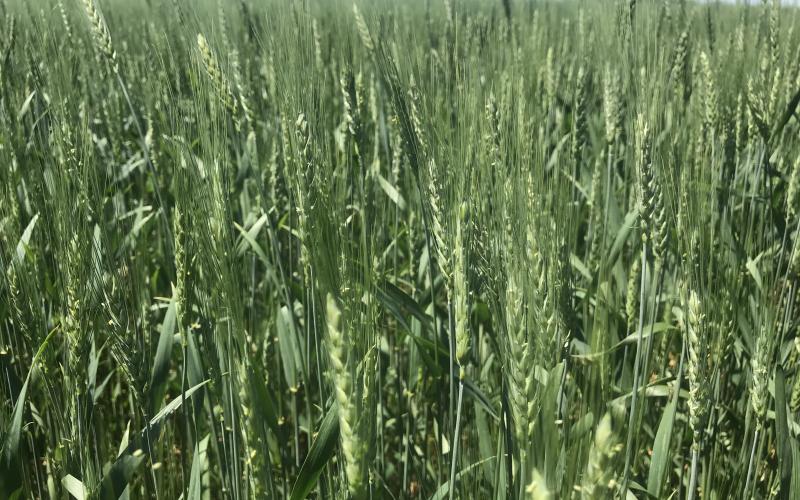
Crop Hour
SDSU Extension will deliver a series of virtual Crop Hour webinars January 7 to February 27, 2025, every Tuesday, Wednesday and Thursday from 10:00 a.m.-11:00 a.m. CST.